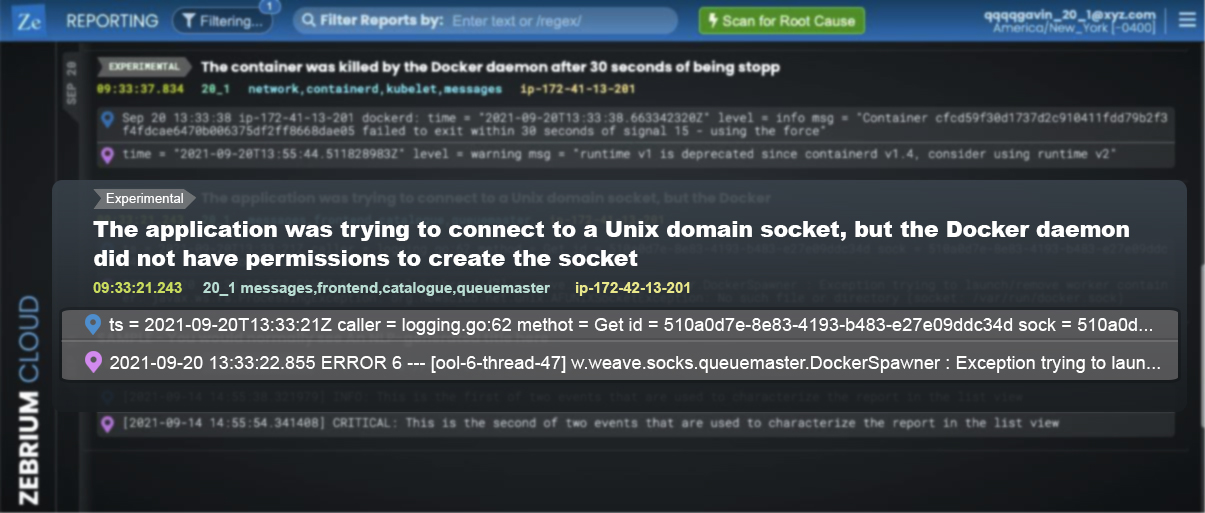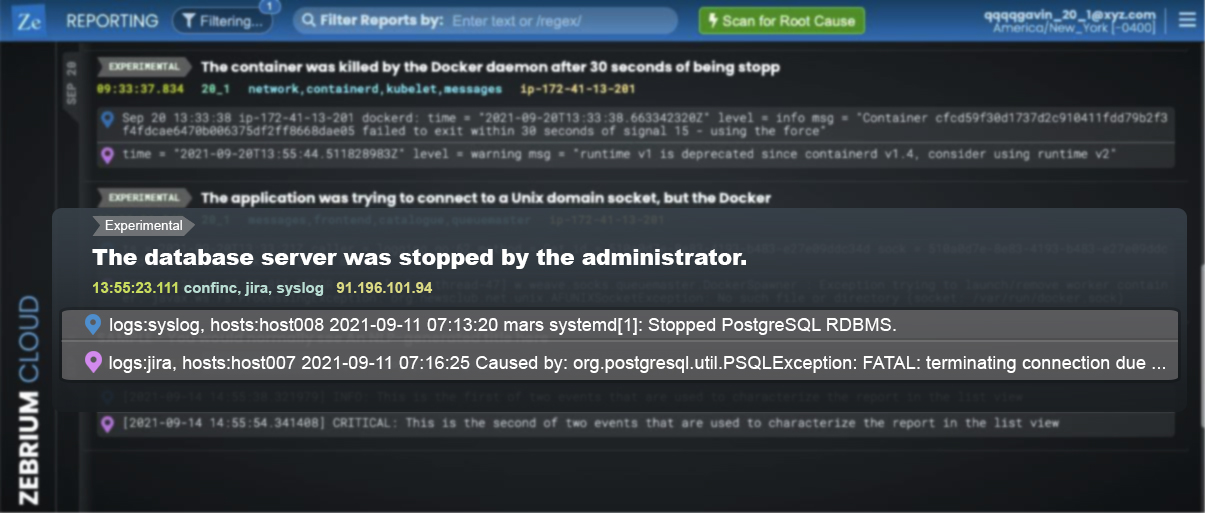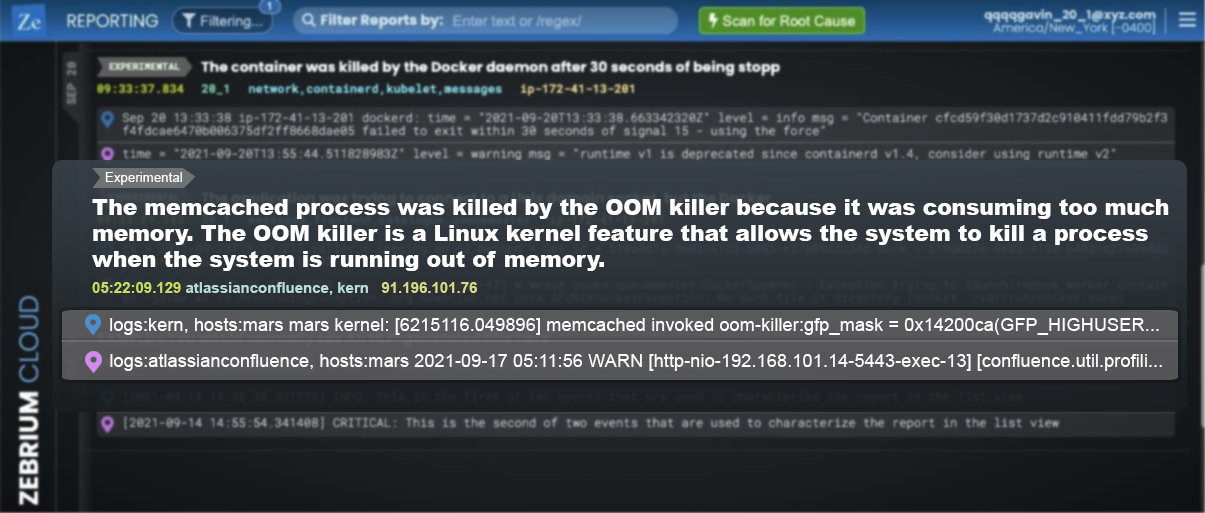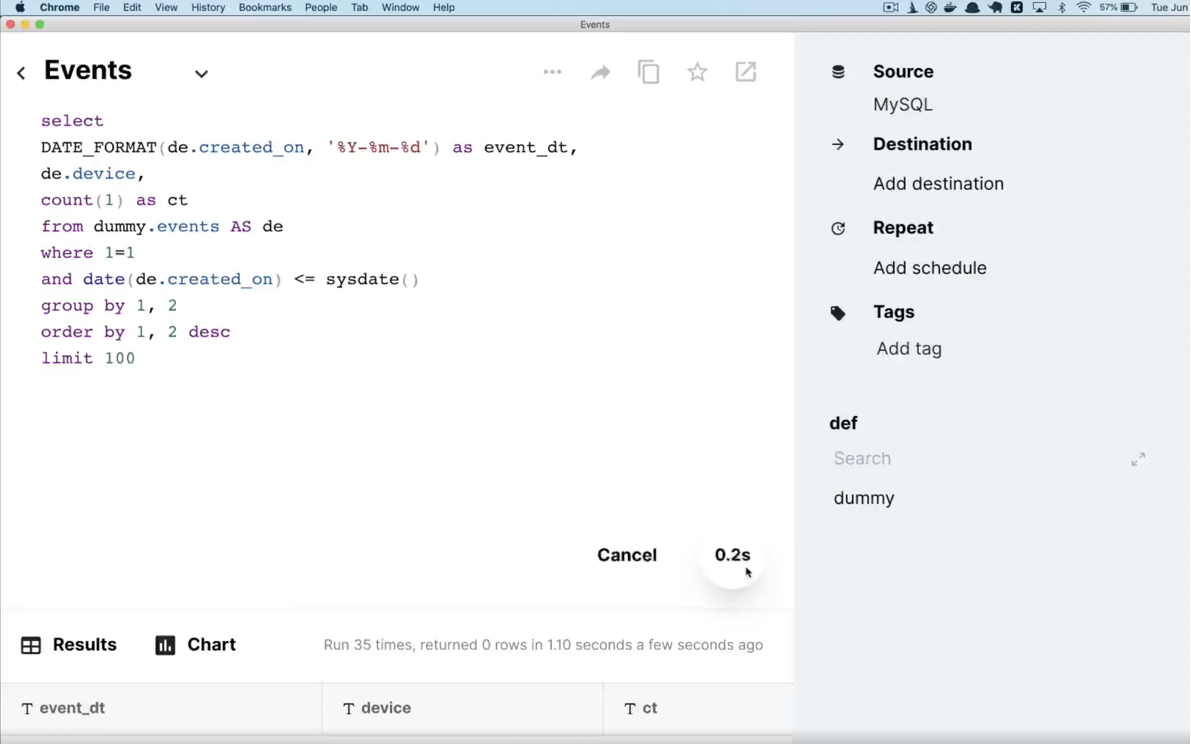3 GPT-3 Tools for Developers, Software and DevOps Engineers, and SREs
This article will explore GPT-3 applications in the developer space to discuss how GPT-3 can help DevOps Engineers, SREs, technical customer support, and developers.
Join the DZone community and get the full member experience.
Join For FreeGPT-3 is a neural network model that is trained to generate meaningful sentences. It has been observed that the generated sentences are of high quality and, when reading them, it rarely occurs to anyone that the sentences were generated by the GPT-3 model.
The most obvious use cases for GPT-3 relate to applications that directly relate to working with text like Copysmith.ai and Algolia.com and Viable.
However, new GPT-3 tools are starting to appear that are designed to streamline the work of developers, engineers, start-up technical founders, and other tech people.
This article will explore several applications of GPT-3 in the developer space. It will discuss how GPT-3 can help DevOps Engineers, SREs, technical customer support, and developers.
1. Zebrium
 Image source: Zebrium.com
Image source: Zebrium.com
Zebrium uses machine learning and GPT-3 to provide a simple text summary of the root cause found in software logs.
About The Tool
Zebrium is one of the most powerful and mature tools on this list. Zebrium was named a 2020 Gartner Cool Vendor and also made it into Gartner’s Top 25 Enterprise Software Startups To Watch In 2020. Zebrium’s focus is to automatically find the root cause of software problems by using machine learning on logs.
What The Product Does
Zebrium’s core technology uses machine learning on logs to distill millions of log lines into a small sequence (typically 5 to 20) that explains the root cause of software problems. Zebrium then uses GPT-3 to turn the resultant set of technical log lines into an easily readable text summary that can be understood by someone who does not have deep knowledge of the logs themselves.
How Does It Use GPT-3
The core technology that Zebrium has created detects correlated anomalies across multiple log streams and generates short root cause reports that contain the relevant set of log lines that explain what happened. With the goal of slashing troubleshooting time, a summary of these log lines together with a prompt is passed to the GPT-3 engine. This produces a short plain-language summary of the problem. Let’s have a look at a few examples of using GPT-3 by Zebrium.

Example 1: Database shutdown. Image source: Zebrium.com
An administrator shut down the Postgres database backing the Atlassian software stack which caused thousands of errors to appear in the logs. Zebrium’s ML generated a root cause report containing a small set of log lines as well as the following GPT-3 description, “The database server was stopped by the administrator”. This simple sentence was enough to immediately explain the nature of the problem.

Example 2: Out of memory. Image source: Zebrium.com
In this case, Zebrium’s ML pinpointed a set of a dozen log lines that showed a server had run into an out-of-memory condition. The log lines were passed to GPT-3 which generated the easy-to-understand description, “The Memcached process was killed by the OOM killer because it was consuming too much memory”.
Who Does It Help
Zebrium’s technology is designed for SREs, DevOps engineers, developers, and technical managers. It’s also useful for writing up root cause post mortem reports.
Project Status
Zebrium is a fast-growing startup and its solution is already in use with dozens of customers who use it to reduce the Mean-Time-To-Resolve software incidents. GPT-3 plain language summarization is a standard feature of the Zebrium product.
How To Test
- Sign up for a free trial by visiting Zebrium’s website and clicking the blue “Get Started Free” button.
- Deploy a log collector on your app (the ML is unsupervised).
- Break the app or just wait for a real issue... and see the resultant Machine Learning generated RCA report and plain-language summary.
2. Debuild
Image source: Debuild.co
Debuild helps to generate functional web apps from a simple English description.
About The Tool
The tool can generate full-stack web applications and functional code from just a plain text description.
What The Product Does
Enables anyone to create an app without any technical knowledge or coding skills. Debuild uses plain text descriptions of the app and creates functional code.
How Does It Use GPT-3
Debuild uses GPT-3 and Codex to create a product spec, the data model generation, React UI generation, and writing SQL queries. It then lets you deploy all these components in one click.
Who Does It Help
Creating code from the text can be helpful for developers, especially newbies, and also for entrepreneurs and startups who want to build a web app but don’t have special expertise.
Project Status
Right now (September 2021) Debuild is creating an autonomous system that can write software at the level of skilled engineers. The tool is still in the development stage.
How to test
Debuild is in the development stage, so you’ll need to join their waitlist and become one of the first to try the tool.
3. SeekWell

Image source: SeekWell.io
SeekWell helps write SQL requests and synchronizes the results to the apps your team operates in.
About The Tool
This is an analytics and data visualization tool that syncs data between databases and common apps such as Google Sheets, Excel, Slack, and email.
What The Product Does
SeekWell uses SQL requests to connect databases with different applications like Slack, Google Sheets, or your email client. It helps to synchronize data with the tools that team members use.
How Does It Use GPT-3
The tool supports MySQL, Redshift, MS SQL Server, Postgres, and Snowflake. SeekWell works with SQL requests. It uses GPT-3 Instruct to convert plain English into SQL requests for further work. This process allows giving specific instructions, e.g. “Only respond in the correct SQL syntax”.
Who Does It Help
SeekWell can be useful for developers, product managers, analysts, and actually anyone who needs to sync the database with supported applications.
Project Status
In general, the tool is fully functional, but the GPT-3 Instruct component is still in the beta stage.
How To Test
If you want to test SeekWell you can request a trial or demo on the main page. But for testing GPT-3 functions, you should sign up for the waitlist on the Open AI API Waitlist.
Conclusion
Using GPT-3 to help developers is still an emerging space (with 2 of the 3 tools pre-production), but it is clear that the application of GPT-3 goes far beyond just being used for writing applications. These tools and start-ups were selected because they have taken an innovative approach with the GPT-3 language model to streamline the work of developers and other technical people.
If you are already wasting too much time on log analysis, then Zebrium is a tool worth checking out. If you don’t have time to learn SQL but really need it to enhance data analysis - sign up for the beta of SeekWell.
Have you used other tools for developers that use GPT-3? Post in the comments, I would really appreciate hearing from you.
Opinions expressed by DZone contributors are their own.


Comments